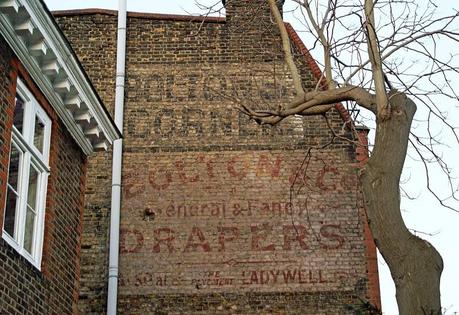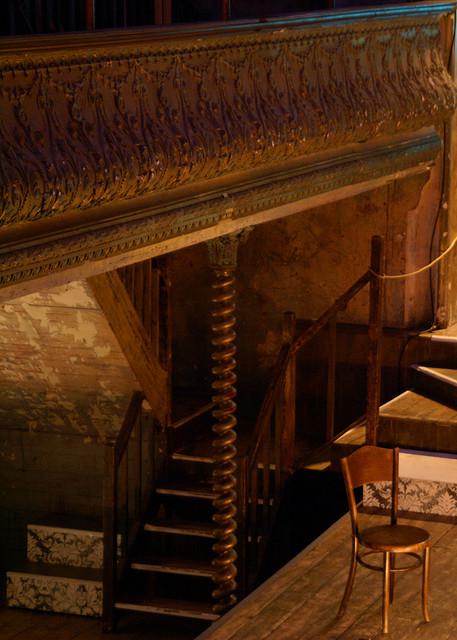
There's a thought-provoking post on the Ghostsigns blog about restoration. Should these old advertisements be restored to their original bright colours or left to slowly fade away?
Sam's own view is that there are problems with restoration:
Recreating the brilliance of the colours and the messages being conveyed offers some insight into how striking these advertisements would havebeen when they were fresh and young. However, something is lost in doing so. The position the signs hold within individual and collective memories relates in some way to the survival of the decaying original rather than any attempt to restore it.He prefers the idea of the skills, rather than the signs, enjoying a new lease of life. The possibility of new painted signs appearing on our streets is certainly appealing, and not as far-fetched as it might sound. There has been something of a revival in the United States.
My own view is very similar: there is something about the process of survival itself, the uneven fading, the missing edges, the intrusion of a new window, the multiple layers of a palimpsest, that gives the ghost sign its appeal. A lot of character is lost when a sign is repainted: the sense of a fragile historical survival is gone and a glossy reproduction stands in its place. However, at the same time I'm disappointed when a sign decays further or disappears. Is this asking for the impossible, then, or could we look for a way to preserve these signs without restoring them?

 This sense that the aging process is part of the charm is not limited to ghost signs. Often, what we love about historic buildings is their faded glamour: hence the popularity of the wonderful Wilton's Musical Hall. Would a glossy restoration enhance the feeling of stepping into the past or destroy it?
This sense that the aging process is part of the charm is not limited to ghost signs. Often, what we love about historic buildings is their faded glamour: hence the popularity of the wonderful Wilton's Musical Hall. Would a glossy restoration enhance the feeling of stepping into the past or destroy it?Images (from top): unrestored ghost sign, Lewisham; repainted sign, Paris; Wilton's Music Hall.

